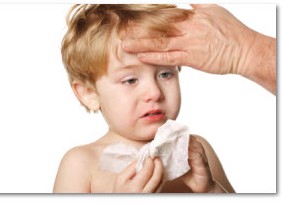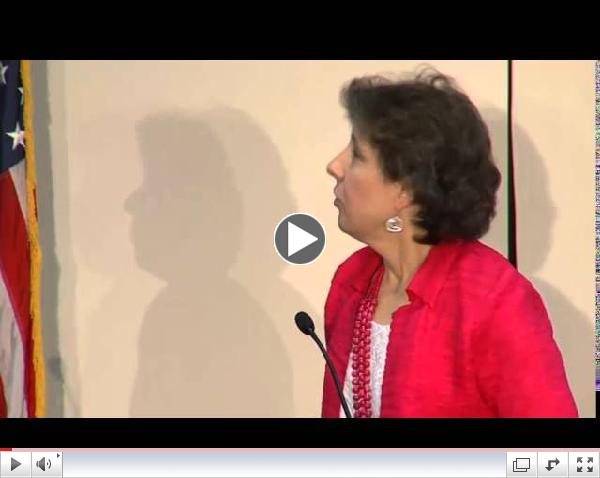|
MMR- MMRV vaccines; benefits & risks.
| |
The first measles vaccine was licensed in the USA in 1963. Today measles vaccine is usually administered in combination with mumps and rubella (MMR) and given in 2 doses at 12 months of age (or older) (unless traveling outside the USA) and between the ages 4-6 years (though maybe given earlier - at least 28 days after the first does). It can be given at the same time as other vaccines. The most common adverse events following MMR vaccine are injection-site pain, fever, mild rash and neck lymphadenopathy (usually after the first injection). Very rarely do severe problems occur. Febrile seizures may occur 8-14 days after vaccination and there appears to be no link between MMR vaccination or thimerosal and autism.
Children between 1-12 years of age can get a single dose of a combination of MMRV vaccine (licensed in 2005) which contains MMR and varicella vaccines.
1. MMR (with varicella given separate on the same visit) and MMRV provide the same protection, however MMRV requiring only 1 injection.
2. MMRV vaccinated children have more fever (the highest risks occurring 5-12 days after vaccination) and more febrile seizures, with the absolute increased risks being small.
|
|
Minimally invasive surfactant therapy (MIST) for preterm RDS vs. intubation/surfactant/extubation technique (INSURE).
| |
INSURE (INtubation, SURfactant, Extubation) - while apparently a proven methodology with nasal CPAP for the early management of respiratory distress in preterm infants, requires sedation and endotracheal intubation. MIST (Minimally Invasive Surfactant Therapy) techniques are those that deliver surfactant without sedation or intubation.
A study comparing preterm infants given surfactant either using the INSURE method to those receiving it via a gastric tube placed in the trachea by direct laryngoscopy (without sedation) - MIST, indicates no differences in subsequent intubation rates, mechanical ventilation, respiratory outcomes or relevant morbidities.
Acta Paediatrica
|
|
|
Download, print and pin this information on your office wall.
-This is a "Must Have" (Ed.)
|
|
|
Predictors of remission in idiopathic nephrotic syndrome (INR).
"Although most children with idiopathic nephrotic syndrome will respond to corticosteroid therapy, 80%-90% suffer one or more relapses".
A study of 129 INR children reveals that boys achieve remission more often than girls, relapse more often, and the shorter the time to first relapse the greater the risk of more frequent ones.
|
Early environmental factors & asthma.
The Urban Environmental Childhood Asthma Study examined a group of 560 children at high risk for asthma, and related their wheezing episodes at three years of age, to allergen exposure during the first year of life.
 First-year exposure to cockroach, mouse and cat allergens, are associated with LESS recurrent wheezing at three years of age (cumulative allergen exposures over the first three years of life appears to be associated with increased allergic sensitization and recurring wheezing). First-year exposure to cockroach, mouse and cat allergens, are associated with LESS recurrent wheezing at three years of age (cumulative allergen exposures over the first three years of life appears to be associated with increased allergic sensitization and recurring wheezing).
Early, high-level exposure to some allergens and bacteria may be preventive to subsequent wheezing.
US National Library of Medicine, National Institutes of Health
|
Video Feature
 | | Caregiver Stress & AsthmaRosalind Wright, MD, MPH |
via YouTube
|
Extensive protein hydrolysate formula in infants suspected/diagnosed with cow's milk allergy.
"Protein hydrolysate hypoallergenic formulas were originally developed for infants who could not digest, or who were severely allergic to, intact cow's milk".
The terms "extensive" or "partial" protein hydrolysate,define the degree of hydrolysis to amino acids. Both formulations appear to  achieve similar growth in preterm infants compared to standard preterm feeds. achieve similar growth in preterm infants compared to standard preterm feeds.
A study comparing the efficacy of 2 casein extensive hydrolysates, a non-thickened and a thickened version, given to infants suspected of or diagnosed with cow's milk protein allergy (CMPA) indicates that both formulas improve symptoms in both groups within a month. A thickened formula decreases regurgitation most in those infants not diagnosed with CMPA.
Acta Paediatrica
|
Tobramycin inhalation (TOBI) in Cystic Fibrosis (CF).
Comparing lung function and rate of decline in a group of CF patients who used TOBI for at least 3 months per year (for two years) to a similar control group whose use was substantially less, indicates that routine use of inhalation therapy in CF patients with TOBI is associated with improvement in lung function and decreased rate of decline over time.
Pediatric Pulmonology
|
Underwriting Opportunities
|
With a circulation of over 5,000, Updates in Pediatrics offers an excellent opportunity to promote your brand at affordable rates.
|
|
Updates in Pediatrics is brought to you by:
| |
|
|
|